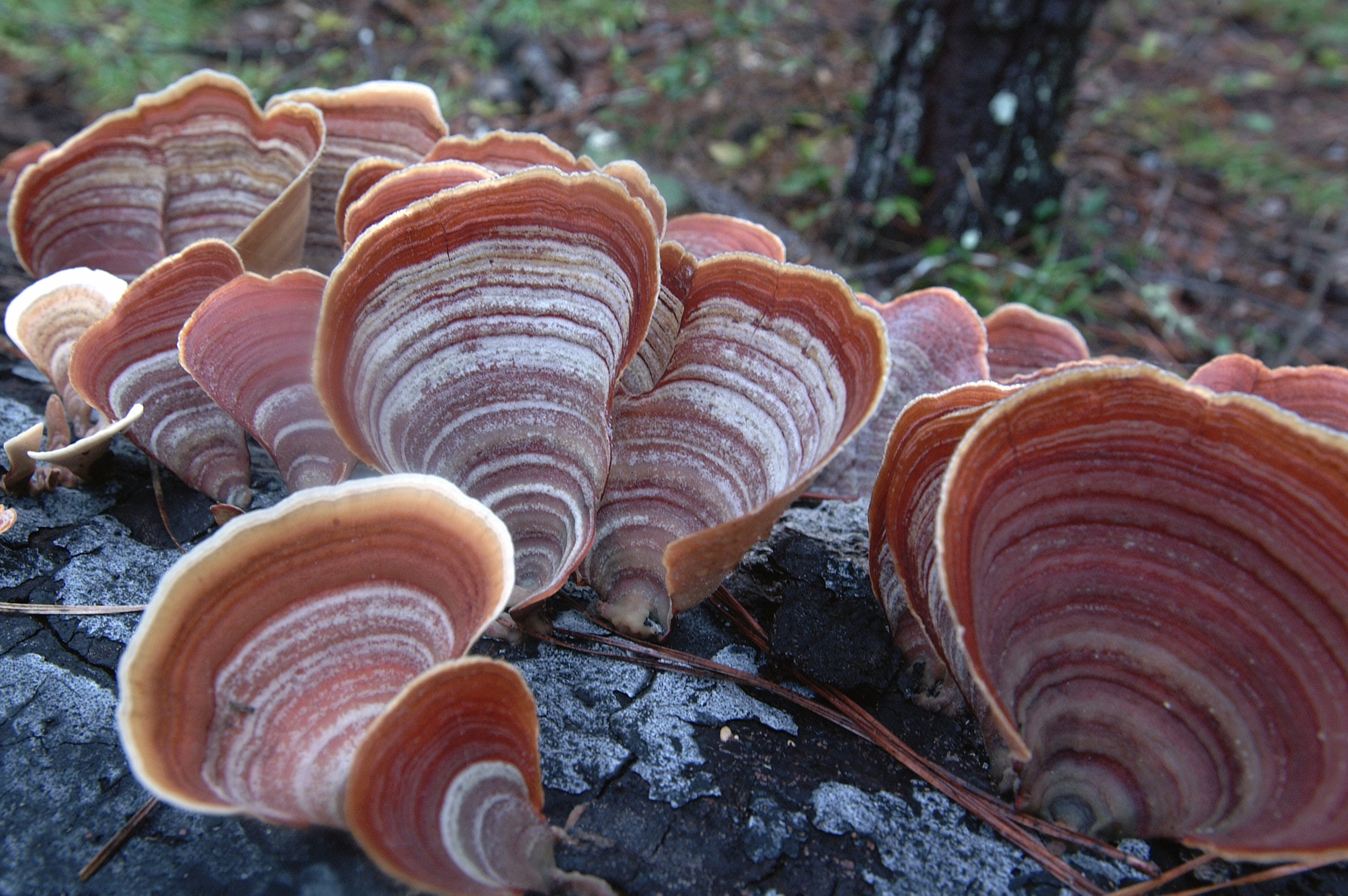Frightening Fungi
GREEN COVE SPRINGS – As the daily showers and storms of recent weeks keep things moist and humid, a flush of growth is appearing in many landscape plants along with the normally unintended …
This item is available in full to subscribers.
Attention subscribers
To continue reading, you will need to either log in to your subscriber account, or purchase a new subscription.
If you are a current print subscriber, you can set up a free website account and connect your subscription to it by clicking here.
If you are a digital subscriber with an active, online-only subscription then you already have an account here. Just reset your password if you've not yet logged in to your account on this new site.
Otherwise, click here to view your options for subscribing.
Please log in to continueDon't have an ID?Print subscribersIf you're a print subscriber, but do not yet have an online account, click here to create one. Non-subscribersClick here to see your options for subscribing. Single day passYou also have the option of purchasing 24 hours of access, for $1.00. Click here to purchase a single day pass. |
Frightening Fungi
GREEN COVE SPRINGS – As the daily showers and storms of recent weeks keep things moist and humid, a flush of growth is appearing in many landscape plants along with the normally unintended blossoming of mushrooms and other fungi in the lawn, landscape and forests.
As puffballs, tree shingles, and toadstools make their presence known, many people wonder if they are harmful to their yard or even to their health.
First of all, do not eat any wild mushroom unless you are absolutely sure what it is. I cannot state this strongly enough as there are several species in Florida, many of which look like edible varieties, that can cause severe gastro-intestinal issues, organ damage or even death. Foraging for wild mushrooms is a hobby in our area but it will take extensive research and practice in the field to be able to identify edibles with some certainty.
Give special attention to the genus Amanita and stay away from eating these until you can identify them exactly as several toxic species are found within the genus. Consider consulting an expert for identification of species, a service offered by the University of Florida (visit http://www.edis.ifas.ufl.edu/pdffiles/DD/DDIS300.pdf for more information) and your local UF/IFAS Extension Office can help as well.
It should also be noted that there are several traditional guidelines to poisonous mushrooms such as staying away from ones that have gills or with different colorations. But with so many species of mushrooms, there are exceptions to these rules and the only way to be sure is through study and experience or with the help of an expert.
If you, someone in your family, or a pet consumes an unknown mushroom, it is wise to seek medical attention and to bring along a sample held in dry paper towels of the fungus consumed for identification. Symptoms of mushroom related poisoning can include vomiting, diarrhea, lethargy, neurological symptoms, increased water consumption, decreased urination, jaundice and internal bleeding.
Within the hobby of gardening, fungi are also abundant and many are actually beneficial to the environment and soil. However, some do cause disease issues.
Some common issues that can be related to a presence of mushrooms include Armillaria Root Rot which can infect and kill a wide variety of landscape plants and trees and Fairy Ring, which results in an ever growing circle of mushrooms and with dying turf in the middle. For assistance in identifying fungal pathogens, please contact your local UF/IFAS Extension Office.
If you have any questions contact the University of Florida/IFAS Clay County Extension Office at (904) 284-6355. Visit clayextension.eventbrite.com to see and register for upcoming classes or call the office for more information.








